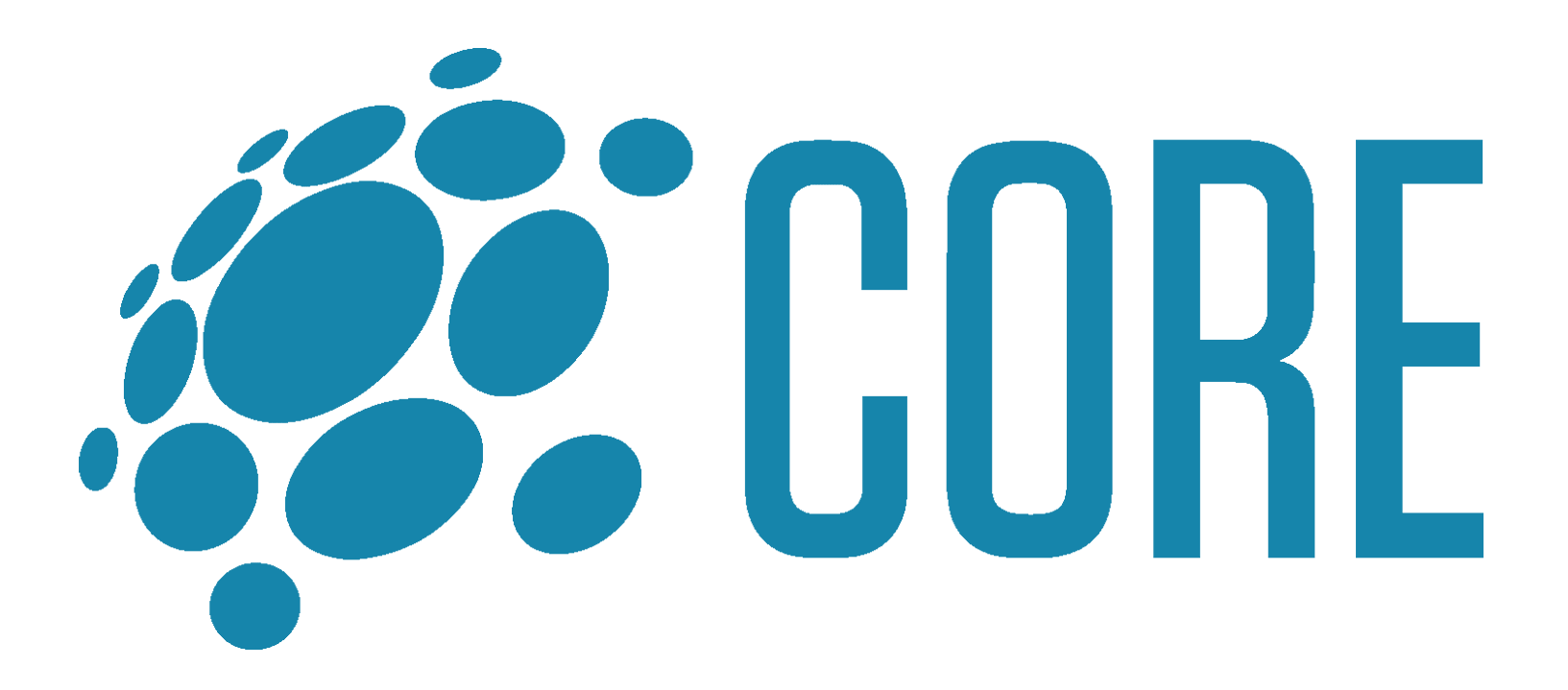Alexion Announces Phase 3 Study Of ULTOMIRIS In Generalized Myasthenia Gravis Met Its Primary Endpoint
Author: Bill Haddad | July 15, 2021 04:11pm
– Study met primary endpoint of change from baseline in the Myasthenia Gravis-Activities of Daily Living Profile (MG-ADL) total score at Week 26 –
– ULTOMIRIS demonstrated compelling efficacy as early as Week 1, sustained for 52 weeks –
Alexion Pharmaceuticals, Inc. (NASDAQ:ALXN) today announced positive topline results from a Phase 3 study evaluating the safety and efficacy of ULTOMIRIS® (ravulizumab-cwvz) in adults with generalized myasthenia gravis (gMG). The study met, with high statistical significance, its primary endpoint of change from baseline in the Myasthenia Gravis-Activities of Daily Living Profile (MG-ADL) total score, a patient-reported assessment, at Week 26, and for the subset of patients who have completed 26 weeks in the extension study to date, the positive treatment effect was maintained through a total of 52 weeks. ULTOMIRIS was well tolerated with a safety profile consistent with that observed in Phase 3 studies in paroxysmal nocturnal hemoglobinuria (PNH) and atypical hemolytic uremic syndrome (aHUS). Based on these results, Alexion plans to make regulatory filings in the U.S., European Union and Japan in late 2021/early 2022.
"The treatment landscape for people living with gMG has advanced and expanded rapidly in recent years, empowering both patients and caregivers. However, as a clinician and scientist, I know the work is not done," said Professor James F. Howard, M.D., Department of Neurology at The University of North Carolina, Chapel Hill, USA, and lead primary investigator in the Phase 3 study. "These Phase 3 ULTOMIRIS results reinforce the critical role complement inhibition plays in treating gMG. I am encouraged by the opportunity this could provide for more patients to be treated early with a mechanism of action designed to preserve neuromuscular function."
"The approval of SOLIRIS was a critically important first step in addressing the urgent need for a treatment for people with severe symptoms and complications of MG, and was the first new treatment for this devastating disease in more than 60 years. Today's results demonstrate that ULTOMIRIS may help a broader range of patients than was studied in the SOLIRIS Phase 3 trial, including those with milder symptoms or earlier in their treatment journey, while still offering clinically meaningful benefits that were seen as early as Week 1 and maintained up to 52 weeks," said John Orloff, M.D., Executive Vice President and Head of Research & Development at Alexion. "These data provide confidence that ULTOMIRIS has the potential to become the new standard of care for gMG and may reduce patient burden with its less frequent dosing schedule, leading to better treatment adherence and patient satisfaction. We are working to prepare regulatory submissions in the U.S., EU and Japan as quickly as possible."
About the Phase 3 Study
This global Phase 3 randomized, double-blind, placebo-controlled, multicenter 26-week study evaluated the safety and efficacy of ULTOMIRIS in adults with gMG who were not previously treated with a complement inhibitor medicine. The study enrolled 175 patients across North America, Europe, Asia-Pacific and Japan. To enter the study, participants were required to have a confirmed MG diagnosis at least 6 months prior to the screening visit with a positive serologic test for anti-AChR antibodies, MG-ADL total score of at least 6 at study entry and Myasthenia Gravis Foundation of America (MGFA) Clinical Classification Class II to IV at screening. There was no requirement for prior treatment failure, and patients could stay on stable standard of care medicines, with a few exceptions, for the duration of the study.
Patients were randomized 1:1 to receive ULTOMIRIS or placebo for a total of 26 weeks. Patients received a single weight-based loading dose on Day 1, followed by regular weight-based maintenance dosing beginning on Day 15, every 8 weeks. The primary endpoint of change from baseline in the Myasthenia Gravis-Activities of Daily Living Profile (MG-ADL) total score at Week 26 was assessed along with multiple secondary endpoints evaluating improvement in disease-related and quality of life measures.
The study met its primary endpoint, with a statistically significant change in MG-ADL score from baseline through Week 26 for patients receiving ULTOMIRIS compared to those receiving placebo (ULTOMIRIS: -3.1, placebo: -1.4, treatment difference: -1.6, p<0.001).
In the prospectively-defined secondary endpoints of change from baseline through Week 26 in Quantitative Myasthenia Gravis (QMG) total score – a physician-administered assessment of MG clinical severity – as well as the proportion of patients who achieved an improvement of at least 5 points in QMG, ULTOMIRIS also demonstrated clinically meaningful and statistically significant improvements (p<0.001 and p=0.005, respectively). Nearly three times as many patients receiving ULTOMIRIS experienced an improvement of at least 5 points in their QMG score compared to patients receiving placebo (30.0% vs 11.3%). These improvements in MG-ADL and QMG scores were observed as early as Week 1 and were sustained through Week 26.
Additional secondary endpoints assessing qualify of life measures, such as Revised 15-Component Myasthenia Gravis Quality of Life (MG-QOL15r) score (p=0.064) and Neuro-QOL Fatigue score (p=0.373), did not meet statistical significance at Week 26. The proportion of patients who achieved an improvement of at least 3 points in MG-ADL score (ULTOMIRIS: 56.7%, placebo: 34.1%, nominal p=0.005), was not considered statistically significant based on hierarchical testing.
During the randomized controlled period, adverse events were comparable between the ULTOMIRIS and placebo groups. The most frequently observed adverse events were headache (ULTOMIRIS: 18.6%; placebo: 25.8%), diarrhea (ULTOMIRIS: 15.1%; placebo: 12.4%) and nausea (ULTOMIRIS: 10.5%; placebo: 10.1%). The most frequently observed serious adverse events were MG crisis (ULTOMIRIS: 1.2%) and MG worsening (placebo: 3.4%).
Through 52 weeks (26 weeks randomized controlled period + 26 weeks of open-label extension), there were four patient deaths in the ULTOMIRIS group – three of them were due to COVID-19 and none were considered related to treatment with ULTOMIRIS. No cases of meningococcal infection were observed through 52 weeks.
Patients who completed the randomized controlled period were eligible to continue into an open-label extension period evaluating the safety and efficacy of ULTOMIRIS for up to two years, which is ongoing. At the time of this preliminary analysis of the open-label extension period, 75 patients had completed 26 weeks of treatment, for a total of 52 weeks of treatment. Among the patients who received ULTOMIRIS in the randomized controlled period, the treatment effects were maintained through an additional 26 weeks of treatment, demonstrating sustained efficacy for a total of 52 weeks. In addition, patients who received placebo in the randomized controlled period and switched to ULTOMIRIS at the beginning of the open-label extension showed immediate and sustained improvement in MG-ADL and QMG scores in a similar magnitude and time course to that observed in the ULTOMIRIS group during the randomized controlled period.
About Generalized Myasthenia Gravis
Generalized myasthenia gravis (gMG) is a rare autoimmune disorder characterized by severe muscle weakness. In gMG, inflammation causes damage at the connection point between nerve cells and the muscles they control (known as the neuromuscular junction or NMJ). This damage leads to a breakdown of communication between the brain and muscles, causing loss of muscle function and severe weakness.
About 85 percent of people with gMG produce specific antibodies that bind to the surface of the cells at the NMJ. This binding activates the complement cascade and causes the immune system to attack the NMJ. People with gMG can suffer from initial symptoms, such as slurred speech, droopy eyelids, double vision, and lack of balance, which can often lead to more severe symptoms like choking, impaired swallowing, extreme fatigue and even episodes of respiratory failure.
gMG can occur at any age, but it most commonly begins for women before the age of 40 and for men after the age of 60. The prevalence of gMG is estimated at 107 to 278 per million people.
Posted In: ALXN




